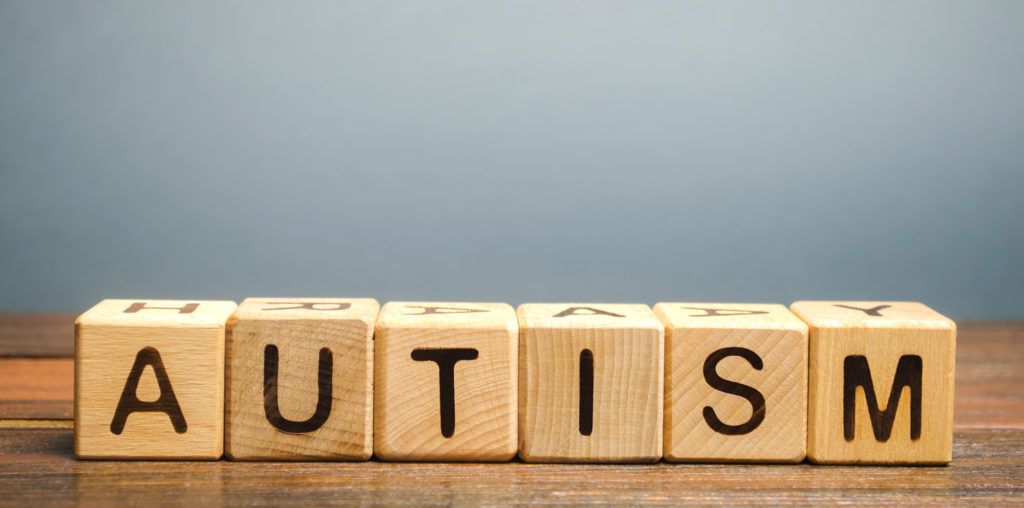Clinical Research
Aquatic Therapy refers to treatments and exercises performed in water for relaxation, fitness, physical rehabilitation, and other therapeutic benefits
“The biggest benefit of aquatic therapy is that people who are injured disabled or otherwise not capable of comfortably or safely performing exercises on land can easily do so in the water”.
Common goals of Aqua Therapy program include :
- Improving flexibility
- Improving balance & co-operation
- Building muscle strength and endurance
- Enhancing aerobic capacity
- Assisting with gait and locomotion
- Reducing stress and promoting relaxation.
A few ways aquatic therapy can help ease symptoms of ASD are:
Better Balance: Aquatic therapy helps strengthen muscles, which increases balance and develops a better range of motion. It helps that water play is fun and individualized, even for kids on the spectrum.
Better Communication Skills: Being in the water doesn’t mean a lot of social interaction, but it can be a safe place to practice small interactions without the pressure to chat.
Help With Sensory Issues: Often, children with ASD struggle with sensory integration disorders. Water tends to have a calming effect, and some therapies include activities designed to help sensory issues.
Better Oral Motor Skills: Some kids with ASD struggle with certain motor skills, like sipping through a straw or blowing out candles on a cake. Because aquatic therapy includes activities like blowing bubbles in water or blowing a ball across the water, kids develop stronger oral motor skills.
Better Swimmers: Being in the water makes kids more comfortable when it’s time to learn to swim. Water is especially hazardous for children with ASD because many have difficulty communicating when they are in danger. Aquatic therapy gives autistic kids time to build a crucial skill.






